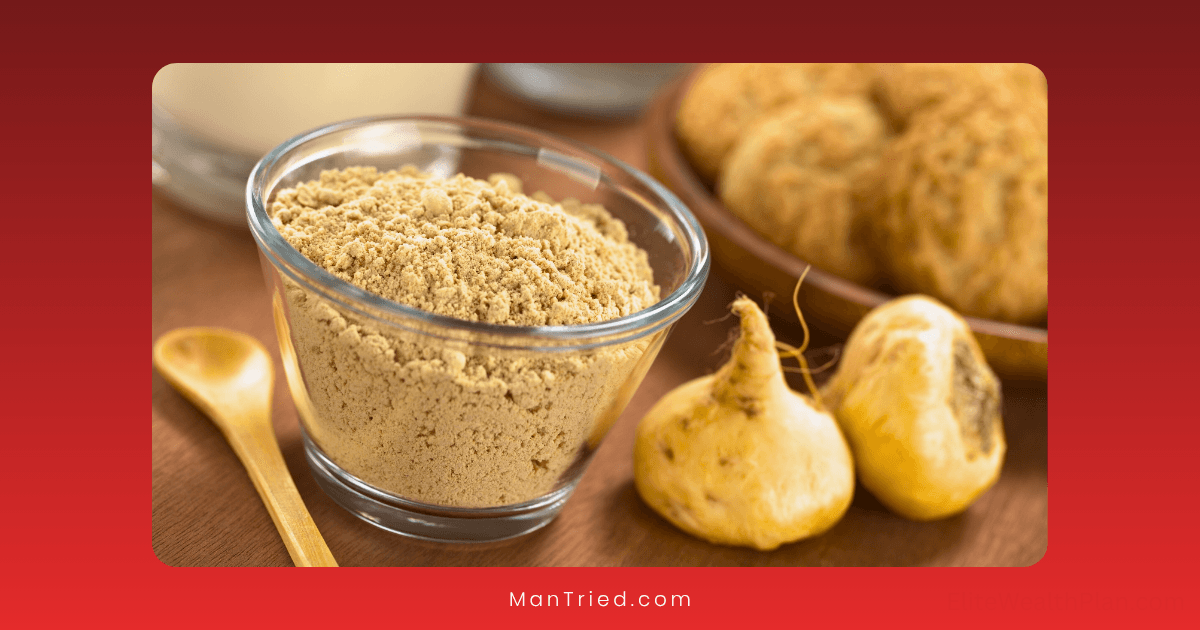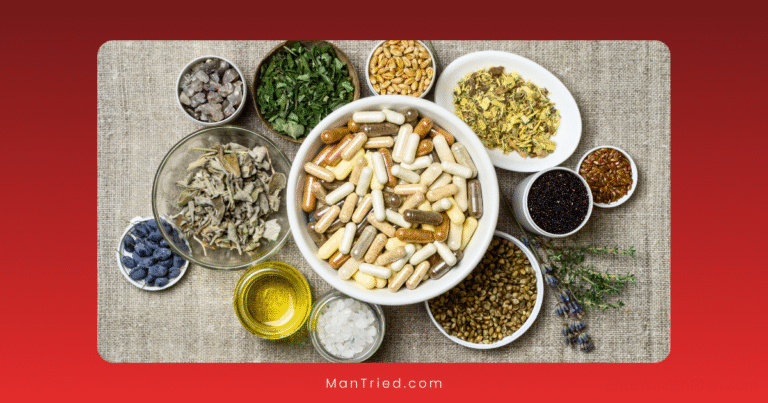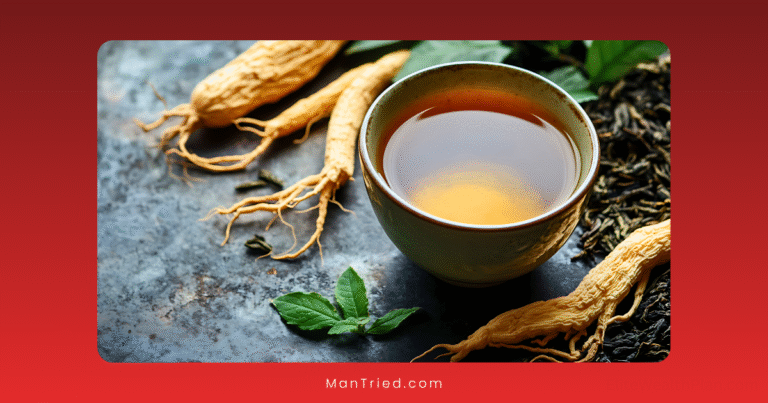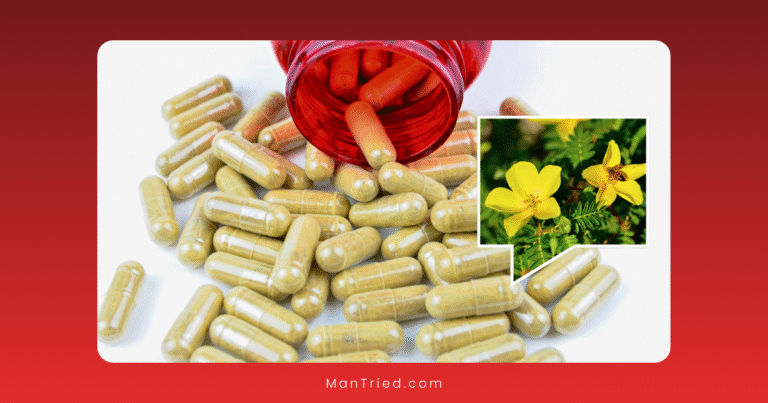The Maca Root Revolution: From Andes Superfood to Bedroom Superstar

High in the harsh, windswept plateaus of the Peruvian Andes, where oxygen is scarce and temperatures fluctuate dramatically, grows a humble-looking plant with extraordinary properties. For centuries, the indigenous people of the region have treasured maca root as both a vital food source and a powerful medicine. Today, this ancient superfood is experiencing a global renaissance, particularly for its reputation as a natural enhancer of sexual vitality.
Let’s explore how this unassuming root vegetable traveled from isolated Andean fields to bedroom nightstands worldwide, and what science has to say about its intimate benefits.
The Ancient Treasure of the Andes
A Plant Like No Other
Maca (Lepidium meyenii) isn’t your average root vegetable. Growing at elevations between 12,000 and 14,500 feet above sea level in the central Peruvian Andes, particularly around the Junín Plateau, it thrives where few other plants can survive. This extreme environment—with intense sunlight, fierce winds, and freezing temperatures—may be responsible for maca’s unique nutritional profile and bioactive compounds.
As archaeological evidence suggests, maca cultivation dates back over 2,000 years. The plant was so valued by the Inca Empire that it was used as currency and reserved for royalty and warriors. Spanish chronicles from the mid-17th century document maca’s nutritional and fertility-enhancing properties, noting its use by indigenous women to boost fertility and as a tonic for menopausal symptoms.
Traditional Uses and Cultural Significance
For the Andean people, maca is more than just a nutritional powerhouse—it’s a sacred gift from Pachamama (Mother Earth). According to a comprehensive study, the average Andean resident consumes more than 100 grams of maca daily, primarily in its dehydrated form.
Traditionally, maca has been used to:
- Enhance fertility in both men and women
- Increase energy, stamina, and endurance
- Improve sexual function and desire
- Balance hormones and reduce menopausal symptoms
- Support overall vitality in harsh mountain conditions
In Peruvian culture, maca plays a role in festivals, healing ceremonies, and rituals. The dried roots can be preserved for years, making them valuable for trade and food security in the challenging Andean environment.
The Science Behind the Sensation
While traditional knowledge provides compelling evidence of maca’s benefits, modern science has been working to understand the mechanisms behind these effects. Research on maca has increased dramatically in recent years, with over 300 scientific publications annually since 2021.
Bioactive Compounds: Nature’s Pharmacy
Maca contains a fascinating array of bioactive compounds that contribute to its health benefits:
- Macamides and macaenes: Unique to maca, these fatty acid derivatives are believed to play a key role in its effects on sexual function.
- Glucosinolates: These compounds, which give maca its slightly spicy flavor, may exhibit hormone-balancing effects.
- Alkaloids: Maca contains several alkaloids that may influence the endocrine system.
- Polyphenols: These antioxidants help combat oxidative stress and inflammation.
- Essential minerals: Maca is rich in iron, calcium, copper, and zinc—all important for sexual and reproductive health.
Interestingly, traditional drying practices introduce bioactive compounds known as macamides, which may influence neurotransmitter release and contribute to maca’s effects on mood and libido, according to research from the Memorial Sloan Kettering Cancer Center.
The Rainbow of Maca: Different Colors, Different Benefits
Maca roots come in three main colors—yellow, red, and black—each associated with specific properties:
- Yellow maca (about 60% of harvests): Most commonly used for general energy and fertility.
- Red maca: Often recommended for female hormonal balance, prostate health, and bone strength.
- Black maca: Associated with improved memory, male fertility, and libido.
These color variations reflect different concentrations of bioactive compounds, allowing for targeted benefits depending on individual needs.
Maca in the Bedroom: What the Research Shows
The aspect of maca that has captured the most attention in Western markets is undoubtedly its reputation as a natural aphrodisiac and sexual tonic. But does the research support these claims?
For Men: Enhanced Performance and Fertility
Several studies have investigated maca’s effects on male sexual health:
- A 2002 study found that men taking maca daily reported increased libido compared to those taking a placebo, despite no changes in hormone levels.
- A 2023 randomized trial indicated that gelatinized maca root may help reduce erectile dysfunction in men with late-onset hypogonadism over a 12-week period.
- According to Herbolab, regular use of maca (1.5 to 3 grams daily) can potentially increase libido within 6-8 weeks and may enhance sexual performance, leading to more stamina and greater satisfaction.
- A 2020 study suggested that taking 2 grams of maca daily for 12 weeks significantly improved sperm concentration compared to a placebo.
What makes maca particularly interesting is that it appears to work without directly affecting testosterone levels. Instead, it may influence other pathways related to sexual function, such as blood flow, energy metabolism, and stress response.
For Women: Libido, Menopause Relief, and More
Women may experience equally impressive benefits from maca consumption:
- A 2015 study found that taking 3,000 mg of maca daily for 12 weeks improved sexual function and libido in women experiencing antidepressant-induced sexual dysfunction.
- Research has shown that maca may help relieve menopausal symptoms that can interfere with sexual comfort and satisfaction, including hot flashes and sleep disturbances.
- According to psychiatrist Hyla Cass, MD, as reported by The Maca Team, maca can help restore hormonal balance and enhance sexual desire in women experiencing hormonal fluctuations.
- A study on postmenopausal women indicated potential benefits of maca on female libido, though researchers noted that more research is needed.
The adaptogenic properties of maca may be particularly beneficial for women, helping to balance hormones rather than simply boosting them, which could explain its effectiveness across different life stages and hormonal conditions.
Beyond the Bedroom: Maca’s Holistic Benefits
While sexual health benefits have driven much of maca’s popularity, it’s worth noting that this superfood offers a range of additional advantages that may indirectly support intimate wellness:
Energy and Stamina
Many athletes and active individuals use maca to boost energy and reduce fatigue. A placebo-controlled study suggested it may enhance muscular performance in athletes. This energy-boosting effect can translate to improved stamina in the bedroom.
Mood Enhancement
Maca contains flavonoids that may improve mood and reduce anxiety. Studies indicate potential benefits for psychological well-being, which can positively impact sexual desire and satisfaction. After all, stress and anxiety are major libido killers for many people.
Adaptogenic Properties
As an adaptogen, maca helps the body manage stress more effectively. By moderating cortisol levels and supporting adrenal function, it may create a more favorable hormonal environment for sexual wellness.
Nutritional Powerhouse
Maca provides essential nutrients that support overall health, including complex carbohydrates, fiber, essential amino acids, B vitamins, vitamin C, iron, calcium, and zinc. This nutritional profile contributes to general well-being and energy levels.
How to Incorporate Maca Into Your Life
If you’re intrigued by maca’s potential benefits, here’s how to add it to your routine effectively:
Finding Quality Maca
Not all maca products are created equal. Look for:
- Origin: Authentic Peruvian maca grown in its native soil and climate is considered the gold standard.
- Processing method: Gelatinized maca is easier to digest, while raw maca preserves more nutrients.
- Color: Choose based on your specific needs (yellow for general use, red for women’s health, black for male libido and fertility).
- Organic certification: Ensures the product is free from pesticides and other contaminants.
Effective Dosage
Based on clinical studies, effective dosages typically range from:
- General health and energy: 1.5-3 grams daily
- Sexual health benefits: 2-3.5 grams daily
- Fertility support: 2-3 grams daily
Start with a lower dose and gradually increase to assess your tolerance and response.
Consumption Methods
Maca is available in several forms:
- Powder: The most versatile form, easily added to smoothies, oatmeal, yogurt, or baked goods.
- Capsules: Convenient for consistent dosing and travel.
- Liquid extracts: Fast-absorbing and potent.
- Gelatinized maca: Pre-cooked for easier digestion and nutrient absorption.
A common recommendation is to mix one teaspoon (approximately 2-3 grams) of maca powder into smoothies or protein shakes daily.
Timing and Consistency
For sexual health benefits, consistency is key:
- Take maca daily for at least 6-8 weeks to notice effects on libido.
- Some people prefer taking maca in the morning due to its energizing properties.
- Results typically improve over time, with optimal benefits after 8-12 weeks of regular use.
Safety and Considerations
Maca is generally considered safe for most adults when consumed in appropriate amounts, but there are some considerations to keep in mind:
Potential Side Effects
- Digestive discomfort (especially with raw maca)
- Altered menstrual cycles in some women
- Insomnia if taken late in the day
- Mood changes in sensitive individuals
Who Should Exercise Caution
- Pregnant or breastfeeding women (due to limited safety data)
- People with hormone-sensitive conditions
- Those with thyroid disorders (maca contains goitrogens)
- Individuals taking medications that affect hormone levels
Always consult with a healthcare provider before starting any supplement regimen, especially if you have existing health conditions or take medications.
The Global Maca Revolution
What began as a local Andean staple has transformed into a global phenomenon. Peruvian maca exports reached 3.12 million kilograms in 2017, according to Vitabright, and the market continues to grow.
This global demand has both benefits and challenges:
- Economic opportunities for Peruvian farmers and communities
- Increased research into maca’s properties and applications
- Sustainability concerns regarding cultivation practices
- Authentication issues with some products not containing genuine Peruvian maca
The most responsible maca producers emphasize sustainable sourcing, fair trade practices, and respect for the cultural heritage of this ancient superfood.
Conclusion: Ancient Wisdom Meets Modern Science
The journey of maca from Andean fields to global prominence represents a fascinating intersection of traditional wisdom and modern scientific validation. While more research is needed to fully understand its mechanisms and optimize its use, the existing evidence suggests that this ancient superfood deserves its reputation as a natural enhancer of sexual vitality.
Whether you’re looking to boost libido, enhance fertility, increase stamina, or simply add a nutritional powerhouse to your diet, maca offers a natural option with thousands of years of traditional use behind it. As with any supplement, individual results may vary, but the combination of traditional knowledge, scientific research, and countless positive user experiences makes a compelling case for giving this Andean treasure a try.
Have you experienced the maca revolution? Share your experiences in the comments below!






